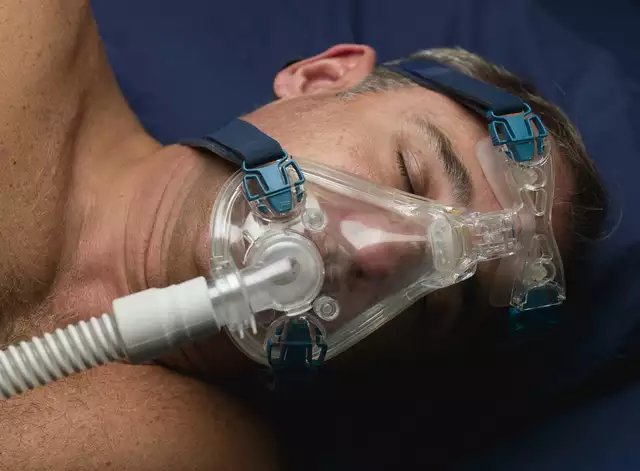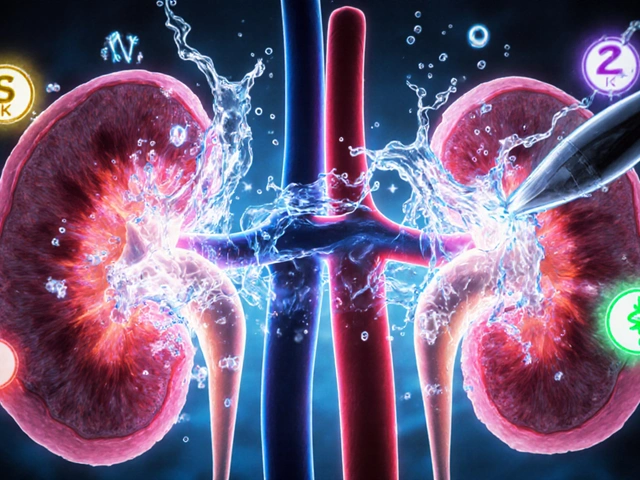Left Ventricular Dysfunction: What It Is and What You Can Do
Left ventricular dysfunction means the main pumping chamber of the heart (the left ventricle) isn’t working as well as it should. That lowers how much blood gets out to your body and can cause tiredness, shortness of breath, and fluid buildup. This page explains causes, simple signs to watch for, common tests doctors use, and treatment options you can expect.
Think of the left ventricle as the engine of your circulation. If the engine weakens, every organ gets less oxygen and nutrients. Sometimes the ventricle can’t squeeze hard enough (systolic dysfunction). Other times it can’t relax and fill properly (diastolic dysfunction). Both still make you feel bad, but the treatments can differ.
Common causes and symptoms
Common causes include coronary artery disease (blocked heart arteries), previous heart attacks, long-term high blood pressure, valve disease, infections, and some medications or toxins. Symptoms you might notice: unexplained tiredness, breathlessness walking or lying flat, waking up gasping, swollen ankles or belly, and slower urination. If you feel sudden chest pain, fainting, or severe breathlessness, treat it as an emergency.
How doctors find it
Your doctor will start with a history and exam. Key tests include an echocardiogram (ultrasound of the heart) — that’s the main test to see how the left ventricle pumps. Other useful tests: ECG (checks rhythm and past heart damage), BNP or NT-proBNP blood tests (markers of heart stress), chest X-ray (shows fluid in lungs), and blood tests for kidney and thyroid function. Sometimes stress tests or coronary angiography are needed to check for blocked arteries.
Treatment aims to reduce symptoms, prevent worsening, and treat the cause. Medications that commonly help are ACE inhibitors or ARBs, beta blockers, mineralocorticoid receptor antagonists, and diuretics to remove extra fluid. Newer drug classes like SGLT2 inhibitors also improve outcomes in many patients with systolic dysfunction. If a blocked artery caused damage, revascularization (angioplasty or bypass) may be advised. Valve problems can require repair or replacement.
Devices and procedures: an ICD (implantable cardioverter-defibrillator) may protect against dangerous rhythms. Cardiac resynchronization therapy (CRT) helps certain people whose heart chambers aren’t beating together. In advanced cases, ventricular assist devices or transplant are options at specialized centers.
Practical self-care matters. Cut salt, monitor weight daily, work with your provider on safe exercise, keep vaccines up to date, avoid alcohol and smoking, and take meds exactly as prescribed. Track symptoms and call your doctor for sudden weight gain, worsening breathlessness, fainting, or less urine output.
This isn’t a one-time fix — left ventricular dysfunction needs ongoing care. Open communication with your healthcare team and steady lifestyle steps can keep you more active and reduce hospital visits. If you have questions about tests or specific treatments, bring them up at your next visit — good care starts with understanding what’s going on and why each step helps.
As a blogger, I can't stress enough the importance of early detection and treatment of left ventricular dysfunction. This condition can lead to heart failure if left untreated, so it's crucial to catch it early. By identifying the issue in its initial stages, we can improve the quality of life for patients and even save lives. Regular check-ups and paying attention to symptoms like shortness of breath and fatigue are essential. Remember, early intervention is key to managing this condition effectively!
Read more





